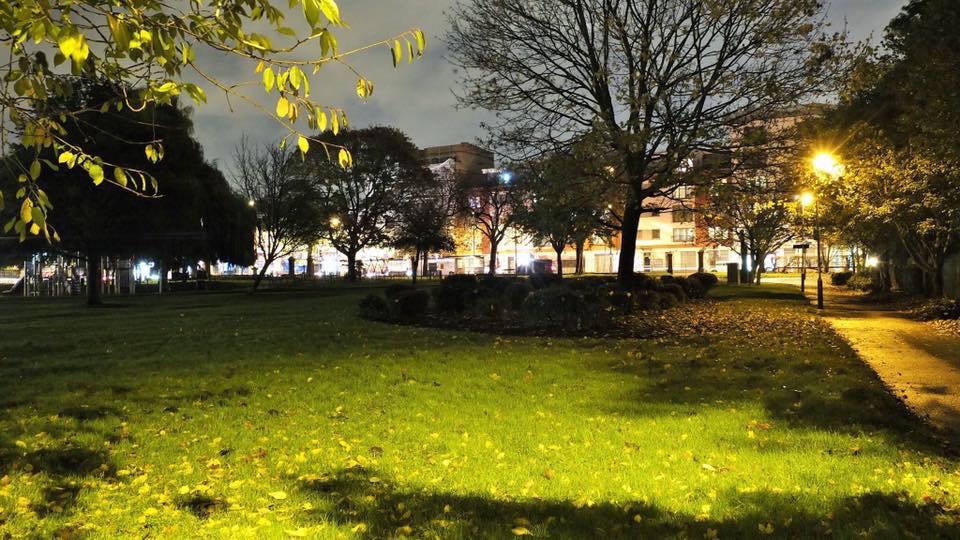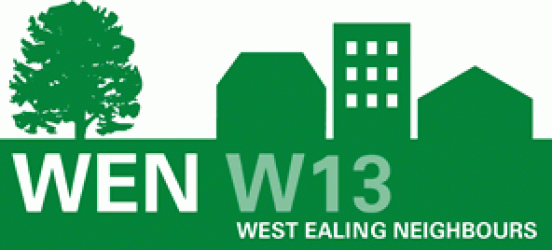As part of an ongoing series, Eric Leach reports from the Independent Examination of Ealing Council’s 2026 Local Development Framework Core Strategy (LDF CS).
DAY 1 – Tuesday 1 November 2011
OVERALL CONTEXT, VISION AND OBJECTIVES
Some 30 people assembled in Ealing Town Hall for the first day of the Ealing Council 2026 Local Development Framework Core Strategy (LDF CS) Independent Examination. The Government’s Planning Inspectorate Inspector is Elizabeth Fieldhouse. Eight local residents’ and community groups were represented. Five Council Officers fielded questions throughout the day but by far the leading speaker was Steve Barton head of Planning Policy. A Council in-house lawyer also attended the proceedings
The Day 1 agenda covered Overall Context, Vision and Objectives.
On the subject of whether the Core Strategy and Strategic Objectives reflected community views the Council took a pounding. Kingsdown Residents Association described the 10 years of effort they had put into commenting on the Council’s plans. It started with opposition to the The Tram and went through 2006/7 LDF consultations, Dickens Yard, Arcadia, and the 2009 and 2010 consultations. At no time did Ealing Council take a blind bit of notice of their views. Others echoed this sentiment. On behalf of WEN I asked Ealing Council to produce the evidence from their large Evidence Base that the LDF CS reflected community views. I made the Inspector formally record the Council’s inability to produce any such evidence.
Ealing Friends of the Earth (EFoE) questioned the population growth predictions and strongly suggested that they were driven by the 14,000 housing target and that the increase were incomers arriving to fill those homes. I pointed out that St George told many people in this room less than two weeks ago that they were having to market the Dickens Yard flats internationally and that 50% of current sales were to international buyers. So, I concluded, that this international sales exercise was not solving any known Ealing housing problem.
On the infrastructure front I argued that the provision of facilities for education, healthcare, the elderly and the dead was totally inadequate in view of the housing driven population increase (14,000 new homes/28,000 new residents). The Council’s response was that school space would be better used (build on playgrounds/sports fields or build educational tower blocks?) They said they would employ another consultant (they tried once already) to find them somewhere to build a new Primary School in the central Ealing area. No response was given for the other infrastructure needs. I said that it was intolerable that 70 % of all deaths in Ealing resulted in cremation but never in Ealing as we didn’t have a crematorium.
Save Ealing Centre (SEC) made it very clear that that it felt a number of other housing options – other than densification along the Uxbridge Road and the A40 Corridors – had never been seriously considered. Professor Sir Peter Hall’s proposals for the mixed development of Park Royalhad also never, apparently, been considered. The A4 development corridor seemingly had been also ignored.
A land owners’ representative was dismayed by the inflexible nature of the proposals and felt that the multi-use preferred use proposals in the upcoming National Planning Policy Framework (NPPF) were not being followed.
KRA pointed out that the LDF CS literature was impenetrable and that the Excel spreadsheet used was difficult to manipulate and print out from. Ealing Civic Society (ECS) concurred with this.
The Council was also taken to task about Ward Forums not being used as vehicles for explaining and discussing the LDF CS. Ealing Council denied that there had been a policy on this and said that it was up to individual Councillors as to what was discussed at Ward Forums. Most residents in the room were not convinced by this argument. I pointed out the lack of interest by our elected representatives in the LDF and the fact that not one of the 69 Ealing Councillors was attending this meeting today.
KRA pointed out that Southall was being ignored in this exercise. No-one with an Indian name was attending this examination and no-one with an Indian name had supplied any written feedback to the LDF CS proposals in 2010.
Concern was expressed that the there was less than explicit support for Conservation Areas (CAs). The Council really dug in on this one but Anthony Lewis persisted and there may emerge some more supportive wording on CA support.
On the subject of creating an integrated transport hub around Ealing Broadway Station (EBS) the Council response was ‘too expensive’ and ‘too difficult’. SEC and others felt this was too negative and as it was the key aspiration of the 12,500 members of SEC the Council should strive to achieve this including total step free access.
EFoE argued that the documents contained no quantitative environmental targets. This was the case with air pollution, light pollution, water pollution and greenhouse gas emissions. Climate Change is mentioned but there is an absence of an overarching policy. On transport there is lots of detail but no totality of purpose for, for example, reducing or stabilising transport levels.
Ealing, apparently, has 77 car club spaces – more than most neighbouring boroughs – but none at all in the most congested Ealing district of Southall.
The most Monty Python aspect of the meeting was saved till late in the day, at 5:15pm in fact. Ealing Council produced an English Heritage blessed heritage ‘common ground’ document. In it was the Council’s latest position on ‘Tall Buildings’. But, guess what? There was no definition in the document of what a ‘Tall Building’ actually is. There is no specified height limit definition in metres, feet or storeys. There are however lots of fine words and phrases including ‘context’, ‘contributing positively to the urban environment’ and ‘does not cause harm to existing heritage assets’. I pointed out that this would make a lot of money for Planning Lawyers in arguing about this in Planning Committees and Appeals. Council planners then explained that they don’t want to define a height definition because that would encourage property developers to all build up to that height. Duh….but isn’t that what having a ‘Tall Building’ height limit is all about?
There were some interesting discussions in this meeting. In fact to my knowledge this public discussion was the first dialogue that has taken place between the Council and residents (except for the Arcadia Public Inquiry in 2009) since the Ealing LDF initiative began five years ago. It’s a pity that these ground breaking discussions should be taking place so late in the LDF process.
Today we’ll be discussing housing.
Eric Leach
2 November 2011

